I'm using a Jupyter Notebook within VS Code and the Azure Python SDK to develop locally.
Relevant VS Code Extensions installed:
- Python
- Azure Account
- Azure Storage (maybe relevant?)
Goal:
- To retrieve a secret from Azure Keyvault using
DefaultCredentialto authenticate - Since there are no environment variables nor
ManagedIdentitycredentials,DefaultCredentialshould default to pulling my creds from VS Code
Issue:
import logging
from azure.keyvault.secrets import SecretClient
from azure.identity import DefaultAzureCredential
keyvault_name = "kv-test"
keyvualt_url = "https://" + keyvault_name + ".vault.azure.net"
keyvault_credential = DefaultAzureCredential()
kv_secret1_name = "secret-test"
keyvault_client = SecretClient(vault_url=keyvualt_url, credential=keyvault_credential)
retrieved_key = keyvault_client.get_secret(kv_secret1_name)
logging.info("Account key retrieved from Keyvault")
Error:
EnvironmentCredential.get_token failed: EnvironmentCredential authentication unavailable. Environment variables are not fully configured.
ManagedIdentityCredential.get_token failed: ManagedIdentityCredential authentication unavailable, no managed identity endpoint found.
SharedTokenCacheCredential.get_token failed: SharedTokenCacheCredential authentication unavailable. No accounts were found in the cache.
VisualStudioCodeCredential.get_token failed: **Failed to get Azure user details from Visual Studio Code**.
Tried so far:
F1,Azure: Sign in- Authenticate via browser
- No change
It looks like the DefaultCredential() cred chain is running, but its unable to ...get Azure user details from Visual Studio Code..
Is this because I'm developing inside a Jupyter Notebook in VS Code or is there another issue going on? It looks like something similar happened to the Python .NET SDK.


